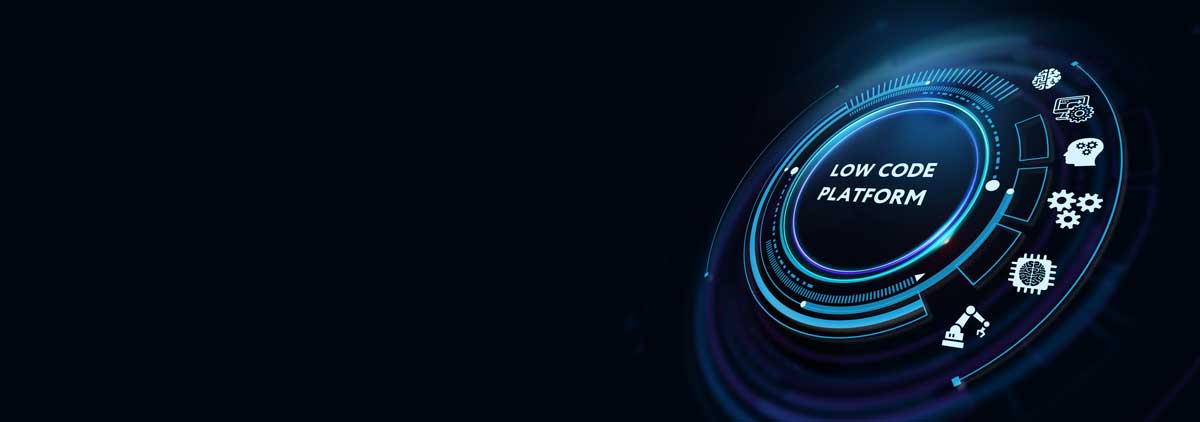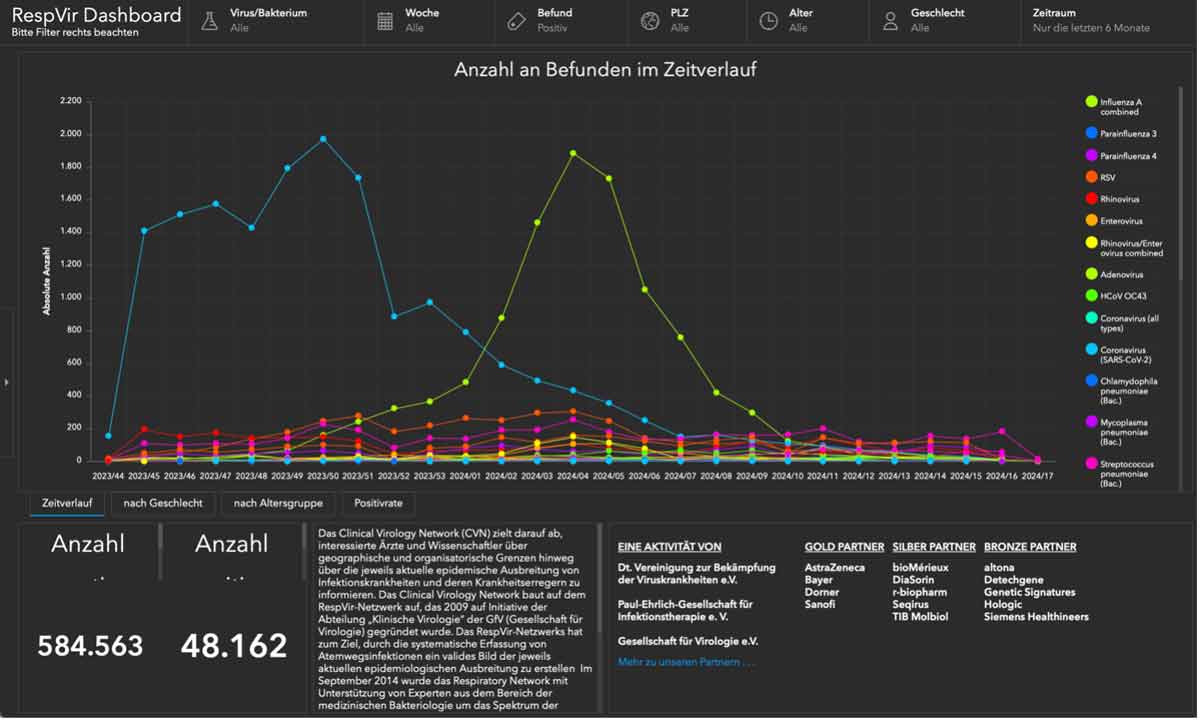Programming made easy: The revolution in the health IT industry through low-code platforms

In the field of healthcare IT, an innovative development is emerging in which not only IT experts, but also colleagues from various departments, such as accounting or marketing, are able to design business applications using low-code platforms. The DORNER Workflow Engine is our answer to the challenges of digitalization in the healthcare sector. The concept is clear: users have the opportunity to design individual applications using a user-friendly interface based on the principle of assembling elements and functions. But how suitable is this system for non-IT experts, and what does the practical application look like?
Low code and no code platforms are not unknown in the industry, but they are once again coming under the spotlight in light of the current shortage of skilled workers in the IT sector. A survey by Trovarit reveals that almost a third of larger companies consider the creation of business software using low code to be an increasingly important trend. Similarly, around 16% of smaller companies with a workforce of less than 100 people are interested in these technologies. In the healthcare sector, we are also well behind the general trend in terms of low code.
The temptation of no longer needing IT experts to develop software solutions in the healthcare sector would be perfectly understandable. This would not only relieve the burden on IT departments, but would also lead to considerable acceleration if specialist departments could create their own apps without any detours. However, practical application has shown that the programming platforms are not as user-friendly as originally assumed. A certain amount of training is required, and it doesn't work entirely without IT knowledge either. It is comparable to setting up a smart home application.
Nevertheless, this approach, which is based on the modular system, offers considerable potential. We have therefore taken a closer look at the various versions, focusing in particular on the DORNER Workflow Engine.
Customizing or new development?
In the world of healthcare IT, there are three different approaches to customizing or developing software solutions:
The use of Low Code Customizing describes the possibility of using the DORNER Workflow Engine to extend or adapt existing software solutions in the healthcare sector. Our platform integrates a particularly powerful low-code framework that makes it easy to adapt business processes to new requirements. Whether simple field extensions or adjustments to existing processes - the DORNER Workflow Engine offers the flexibility that is required. An example of this would be the implementation of additional test steps during patient admission, for example for special medical requirements.
Another approach is low-code development, in which the development platform within our software solution is used to digitize business processes outside the core. The DORNER Workflow Engine can be used to implement checklists and workflows for compliance checks and audits. At the core of our platform is a comprehensive data structuring tool, an efficient workflow engine and an intuitive user interface set. This enables dialogs and applications to be created effortlessly from existing components, with full access to the business logic and data of the DORNER Workflow Engine.
The DORNER Workflow Engine also offers options for low-code extensions, which are of particular interest to companies that use older, less adaptable (legacy) systems. External platforms can be used to develop your own low-code apps quickly and easily, while the data is exchanged with the back-end system via interfaces. This method is comparable to the strategies of top low-code providers such as Mendix or the Microsoft Power Platform.
Finally, the idea of a complete software solution for the healthcare sector can also be realized by using the DORNER Workflow Engine for development or transfer ('Low Code Health IT'). This simplifies and accelerates new development and is particularly suitable for replacing individually developed customer systems with more modern solutions.
A practical test of the DORNER Workflow Engine
The DORNER Workflow Engine enables not only the customization but also the new development of software solutions in the healthcare sector. It is a low-code platform that is integrated into our existing solutions and enables professionals from different departments to digitize business processes in detail. This is done by simply adding building blocks and logic via a graphical user interface that is specifically tailored to the needs of the healthcare sector.
This innovative solution, which can be seamlessly integrated into existing software landscapes, enables companies to make their processes more efficient and respond flexibly to individual requirements. The DORNER Workflow Engine thus offers a clear response to the growing demands of digitalization in the healthcare sector by
The new system provides specialists in various departments with the tools they need to successfully implement their individual requirements.
Internal or external low-code platform?
There are different advantages and disadvantages when choosing between integrated and external low-code platforms. Integrated low-code frameworks, as used in the DORNER Workflow Engine, offer essential functions such as master data management and building blocks for the business logic within the system. This makes it easier for users to access these functions directly via the platform. In this "customizing" variant, the integration of self-developed applications with existing software solutions in the healthcare sector is usually problem-free. Another advantage of integrated platforms is that companies can fall back on established release management processes. There are differences in terms of costs: for existing users of the main software solution, there are usually no additional license or usage fees for integrated platforms as long as they remain in the core area.
In contrast, external low-code platforms offer a more general approach. They are often already designed for the cloud, but require the establishment and maintenance of an interface to the existing software solutions in the healthcare sector. The biggest problem with external platforms is release management. If "departmental developers" develop their own apps on an external platform without monitoring by the IT department, this can lead to uncontrolled diversity. It is therefore crucial that IT departments pay particular attention to release management at an early stage and define the necessary guidelines.
You can't do it without IT skills
In an era in which the availability of IT experts is increasingly limited, low-code platforms offer companies the opportunity to shift some of the development of applications or the adaptation of standard solutions in the healthcare sector to the specialist departments. The employees on site are familiar with the business processes in detail and can therefore adapt applications specifically to their needs in order to actively drive forward the digitalization of company processes. However, it is important to emphasize that the use of low-code platforms requires more than simply putting together building blocks. In practice, IT laypersons should in most cases be accompanied by experienced IT specialists. Particularly when using external platforms, close coordination and professional release management by the IT department is essential. This enables companies to ensure controlled and effective use of low-code platforms in order to successfully implement their individual requirements in the healthcare sector.



